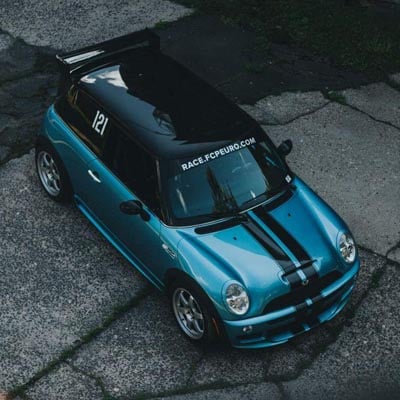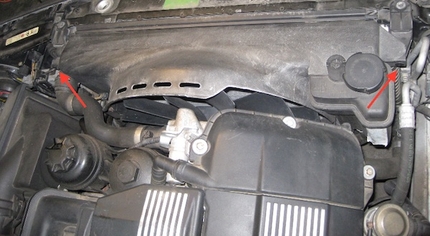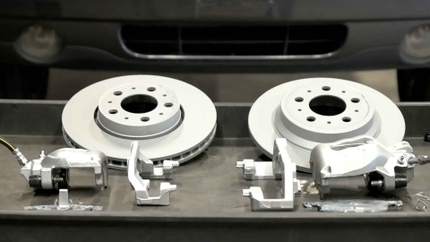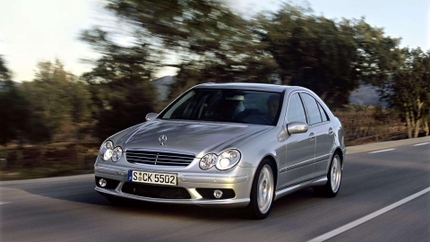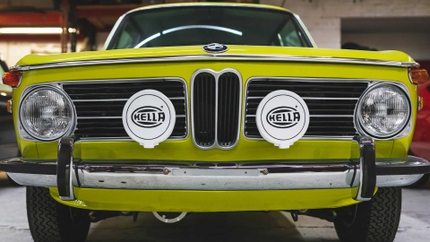Whenever a hydraulic braking system is serviced, it's almost always a requirement to bleed the system to ensure there isn't any air in the lines. Air trapped in the hydraulic brake lines can result in soft pedal feel, as well as reduced braking performance. Consider bleeding the system whenever a caliper or brake line is replaced, or if the existing fluid is a few years old.
Mike Rivera is here to demonstrate an easy way to get the air out and get fresh fluid in on a 1993 Volvo 940 Turbo. He'll be using Pentosin DOT-4 brake fluid and the help of a brake bleeding cup. Lisle makes a great brake bleeding cup kit similar to the one used in this video, which allows a single technician to pump the brakes without worry of ingesting air back into the lines.
Remember to maintain a high level of fluid in the brake master cylinder - if it gets too low you'll pump additional air through the entire braking system, which is a headache to resolve.
About The Author: Mike Rivera
Mike Rivera is an ASE Certified Technician and Senior Sales Account Executive at FCP Euro. He can be reached at mike@fcpeuro.com


